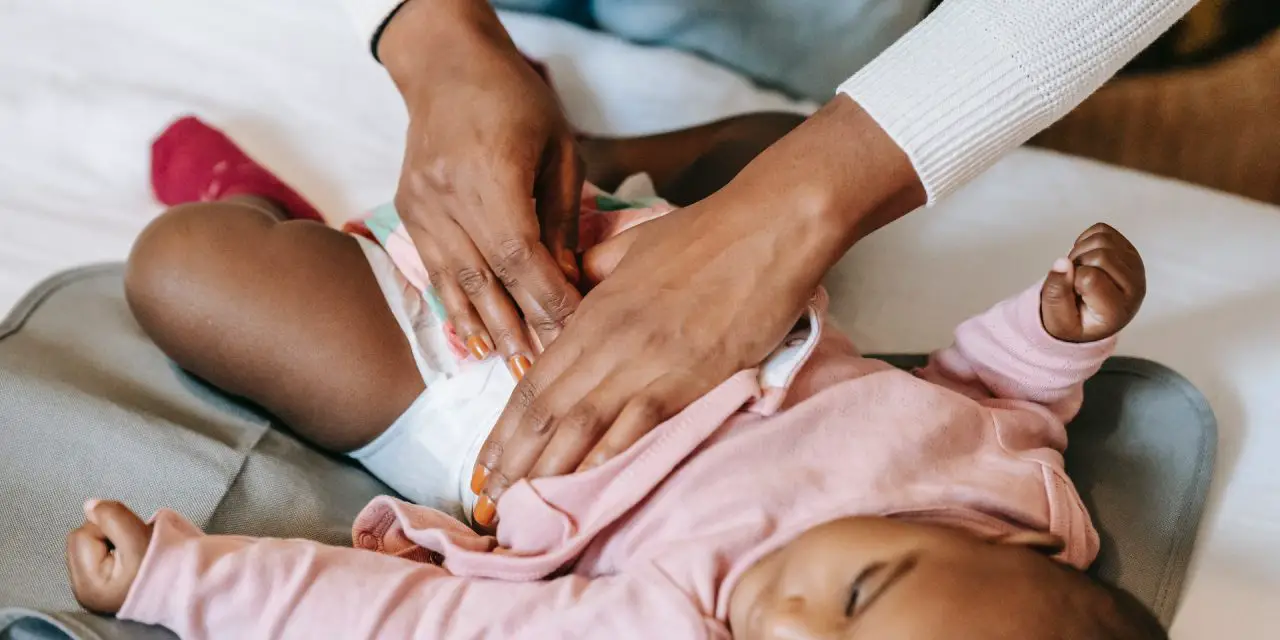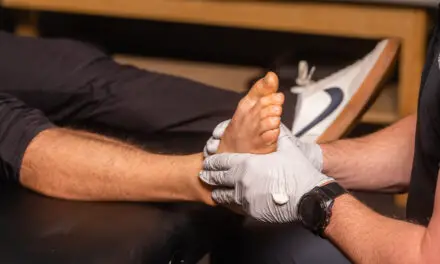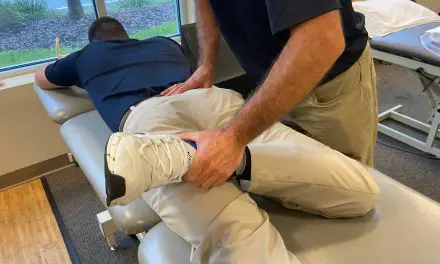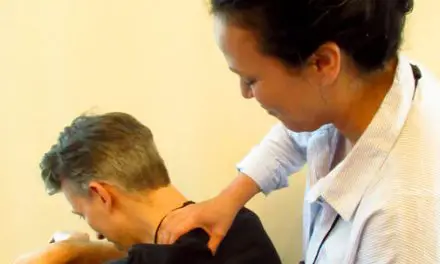As a massage therapist, I typically only see adults, but three years into my career, I treated a 16-year-old for whiplash following her doctor’s recommendation.
In the beginning, her shoulders were stiff. She would only speak when addressed and rarely looked up. But the last time I saw her, she walked into the office, confident and carefree, and told me stories about positive changes she made in her life.
Pediatric massage therapy can help kids with injuries and illness, but it offers positive effects with overall health and quality of life, even for children with special needs.
Is massage okay for kids?
Although massage has been used in various cultures since around 3000 B.C., there weren’t many studies on the specifics until the past 150 years with the list five years showing increased studies for pediatric massage.
Pediatric massage may help kids with specific health issues. For example, some research has shown that massage therapy may improve lung function in children suffering from asthma by decreasing lipids known as prostaglandins, which cause inflammation.
Other studies have also shown massage decreases pain, anxiety, and depression in kids battling cancer or recovering from surgery.
Massage has also been shown to be effective with increasing focus in neurodivergent kids, while decreasing the overall severity of mental, emotional, and physical challenges found in children with autism.
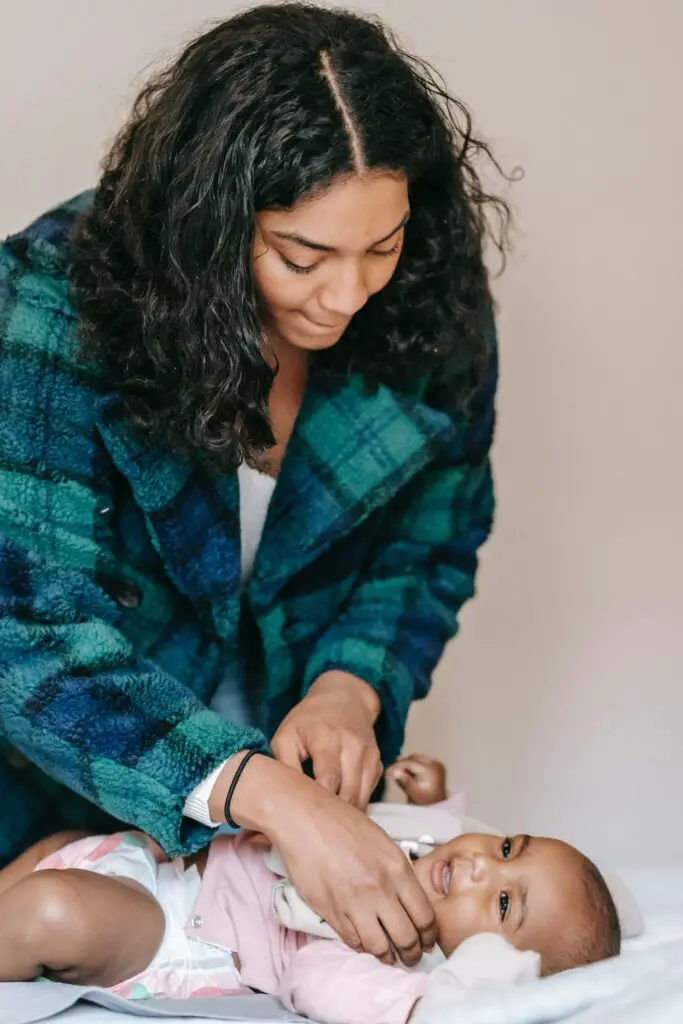
It’s okay to massage an infant as long as the caregiver or parent understands what they should and shouldn’t do. (Photo by William Fortunado.)
Regular massage introduced during infancy may improve short-term development, by increasing fine and gross motor functions, particularly with kids with Down syndrome.
A study from 2012 shows that massage reduces the secretion of adrenocorticotropic hormone (ACTH) which controls our stress hormone, cortisol, and nitric oxide, which dilates the blood vessels.
These hormones link to our stress response which is in charge of the fight or flight response. When the stress response is activated all nonessential functions are slowed or stopped until we’re out of danger.
Decreasing ACTH and nitric oxide increases circulation by making sure the fluids have room to move, but massage also increases oxytocin, which allows people to be calmer and not as prone to psychosocial stress.
Danielle Main, a registered massage therapist in Vancouver, B.C., said that massage therapy is often overlooked as a care option for children and youths without obvious physical conditions.
“[It’s] rarely sought after for children who are blind or visually impaired despite there being major posture issues that occur [with] limited usable vision,” she said, who is also visually-impaired herself.
Are there any specific pediatric massage techniques?
“Pediatric massage” is often used as a blanket term to encompass all children from infancy to eighteen, however, infant massage and pediatric massage are two very different modalities that utilize different techniques.
“The most common techniques I have used in my practice are those of a sedative and consistent nature, avoiding movements or techniques that are jarring,” Main said.
Infant massage is usually done by a caregiver and not a trained massage therapist. Having a caregiver massage can be considered a technique in itself when you know that this is to help the two bond.
Reinforcing that bond, the parent tells the infant a story to keep them mentally engaged and present.
As children grow, creating bonds and attachments, they transition to receiving a massage from a parent or caregiver to a licensed massage therapist.
A therapist may use a child’s favorite toy, blanket, or puppets to help children in receiving massage and other body work, especially children with sensory issues.
Therapists may also put a child in a sitting position rather than have them laying, allowing younger children to strengthen their core muscles, while staying engaged for the 15 to 40 minute session, depending on the child’s attention span.
“Sometimes, shorter massages may be provided to the same child multiple times a day, resulting in a similar amount of total treatment time provided to an adult or teen who receives a longer, once-daily massage,” author Tina Allen states in her Pediatric Massage ebook.
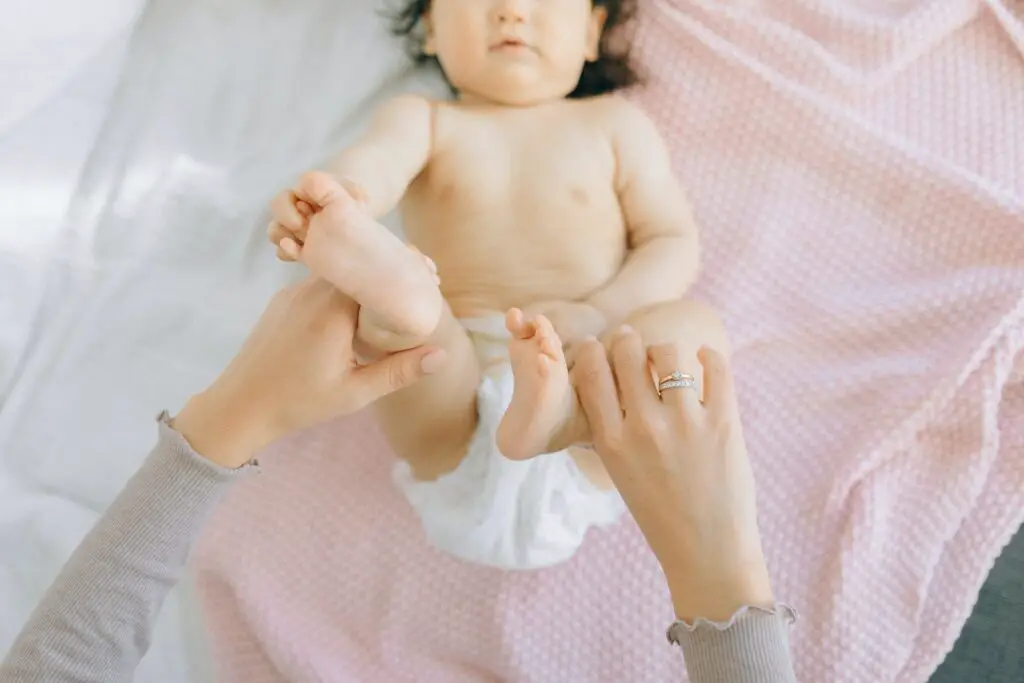
While techniques can vary, Danielle Main, RMT, suggests that therapists should avoid techniques and movements that are “jarring.” (Photo by Nataliya Vaitkevich.)
Safety in pediatric massage
Safety means making sure the children in your care feel safe, which is why there are so many safeguards and requirements in place for our profession.
“Clarity of boundaries of physical self and maturity and risk taking are considerations—considerations around mental health, recognition of the impermanence of life and mental health especially around guilt and shame and expectations.” Paula Jaspar said, who is a registered massage therapist in Vancouver, B.C. and owner of Family Center Therapeutics.
Written consent from a parent or guardian is required for any minor under the age of 18, and most places require the therapist and child to be the same gender.
Many establishments that offer general massage will have a minimum age requirement, which varies among practices. Most places I’ve seen don’t take clients under age 14.
Specialized practices might take younger kids but will probably have a limited scope of practice.
For example, a physical rehab clinic will work on a child’s musculoskeletal issues, but a clinic that specializes in autism will do work that is more focused on mental health and well-being.
Working with kids means having proper training, patience, and the ability to work with them as an equal rather than dictate to them what needs to be done.
“Massage provides an opportunity for positive physical contact where the child can be autonomous in how they are touched, furthering the development of communication and forms of self advocation,” Main said.
[Related: Massage Therapist Shares Her Experience Working in a Hospital Setting]
How to find a reliable pediatric massage therapist near me
There isn’t anything like ZocDoc for massage therapists to help sift through reviews and specialties, so there’s no easy answer for finding a reliable and trained pediatric massage therapist.
The best strategy would be to decide what your main goals are for your child and branch out from there.
If you want them to be seen to help them cope with stress, seek out referrals from a counselor or child psychologist.
And if you’re hoping to help a child who is dealing with sensory issues, contact an occupational therapy center and see if they have a massage therapist they would recommend.
Where do I get a pediatric massage therapist certification?
Pediatric massage certifications are obtained through continuing education credits (CEUs), but not all courses are created equal in the quality of their training programs. Most courses will cover general knowledge of do’s and don’ts but won’t cover how to interact and engage with kids.
The number one in both content and popularity is LiddleKidz.org, an organization that Tina Allen started in 2010 and is the only internationally accredited touch certification in the world.
Before the COVID-19 pandemic, you would have had to travel to take part in one of Allen’s workshops, but Liddle Kidz® now offers a virtual learning lab, which includes both level 1 and advanced certifications, including working with children with autism, trauma, cerebral palsy, or cancer.
Depending on where you are, you can still receive in person training like that offered at University of California San Francisco, which offers a national board approved certification.
Finding other quality pediatric massage programs is difficult, but there are options if you’re looking to become an infant massage instructor to teach caregivers how to massage their children. Try to look for one offered locally in birthing centers and hospitals.

Lindsay Jones, LMT
Lindsay is a licensed massage therapist and a mother of three, who specializes in rehabilitation with emphasis on prenatal and postnatal care.
After graduating from the National Holistic Institute in San Jose, Calif., she went on to study how pain affects the body and how it can be alleviated during the constant changes of pregnancy and early motherhood.
In her free time, Lindsay has a deep love of all forms of art from storytelling and music to sewing and painting.

